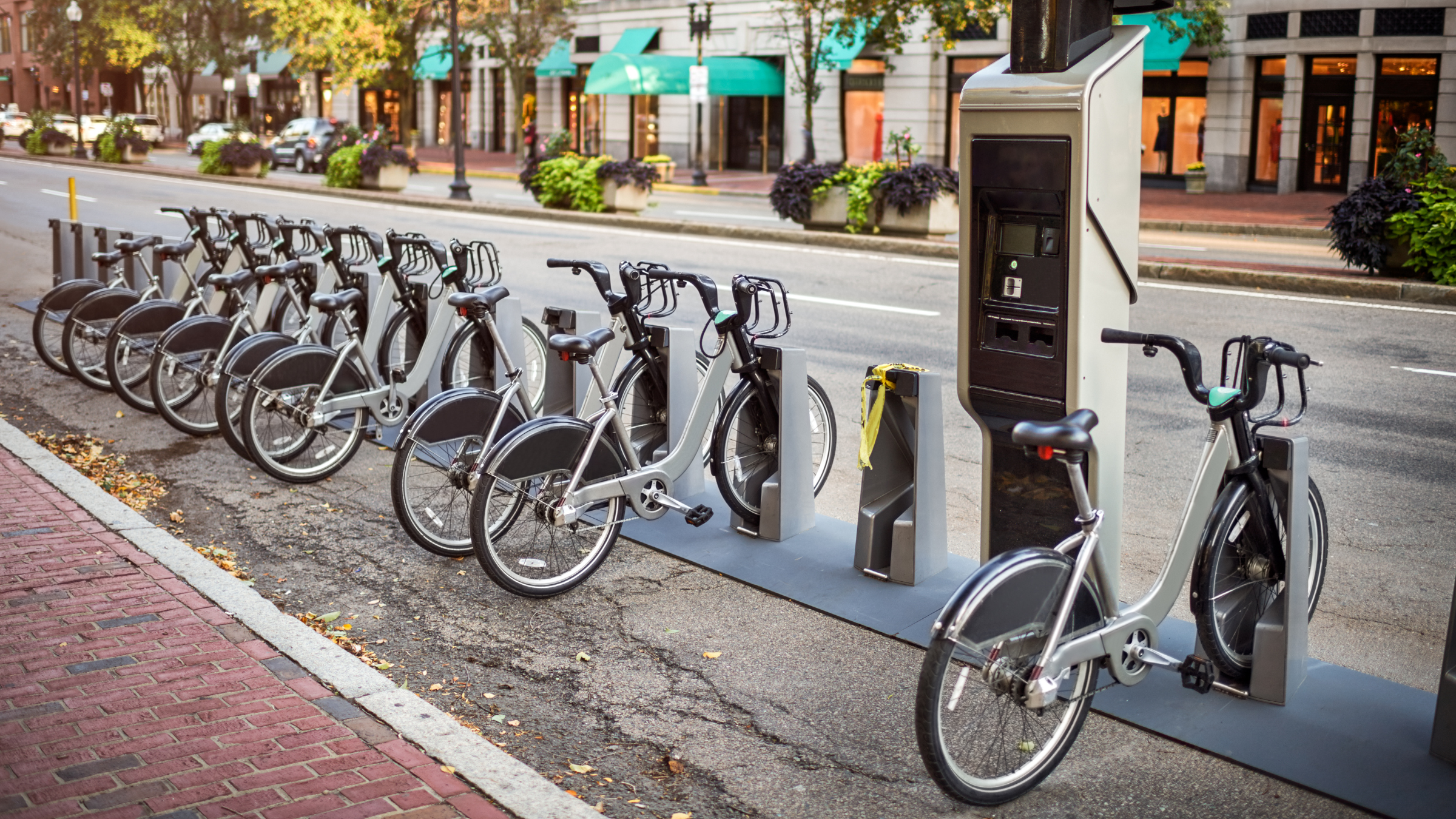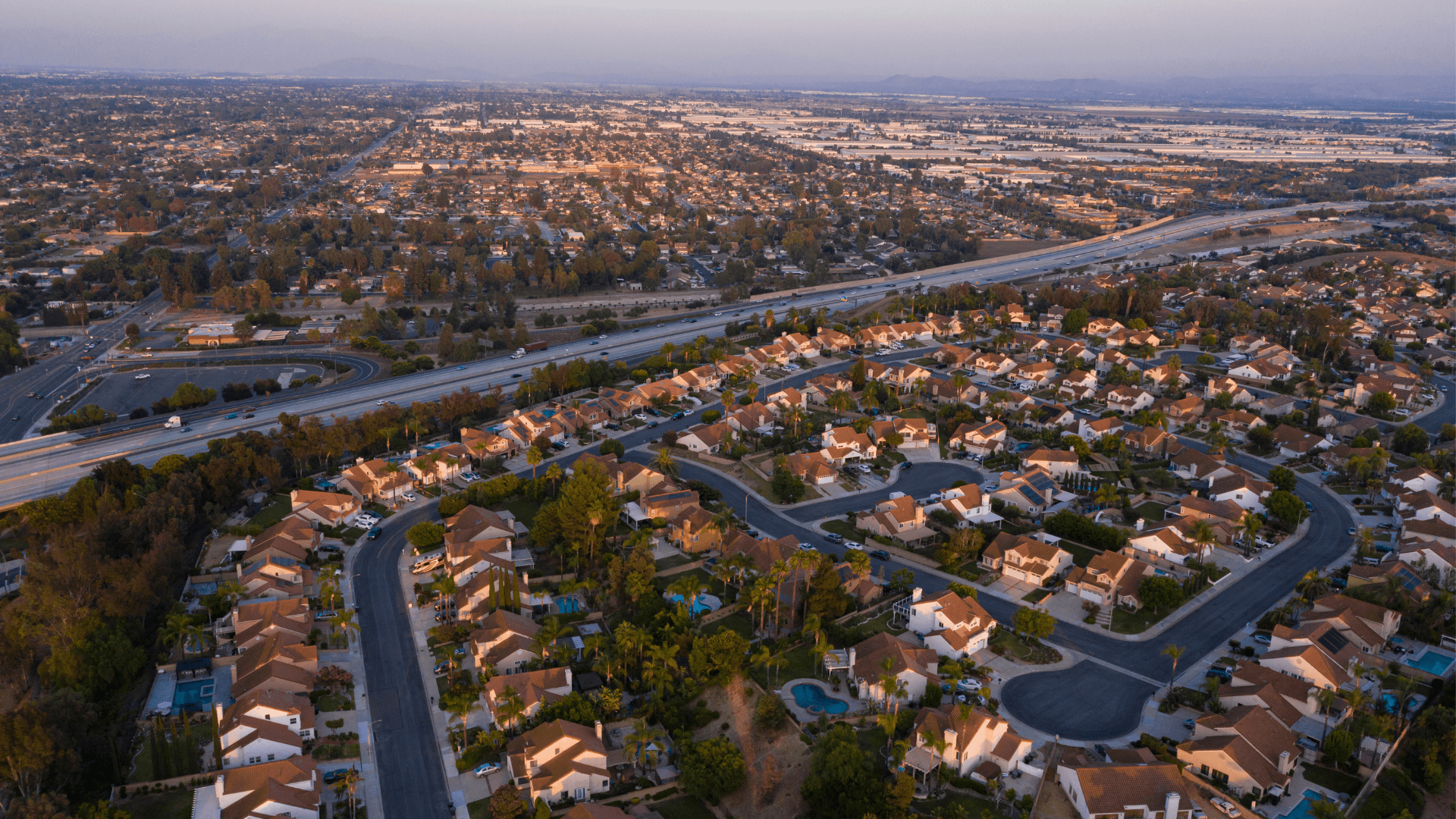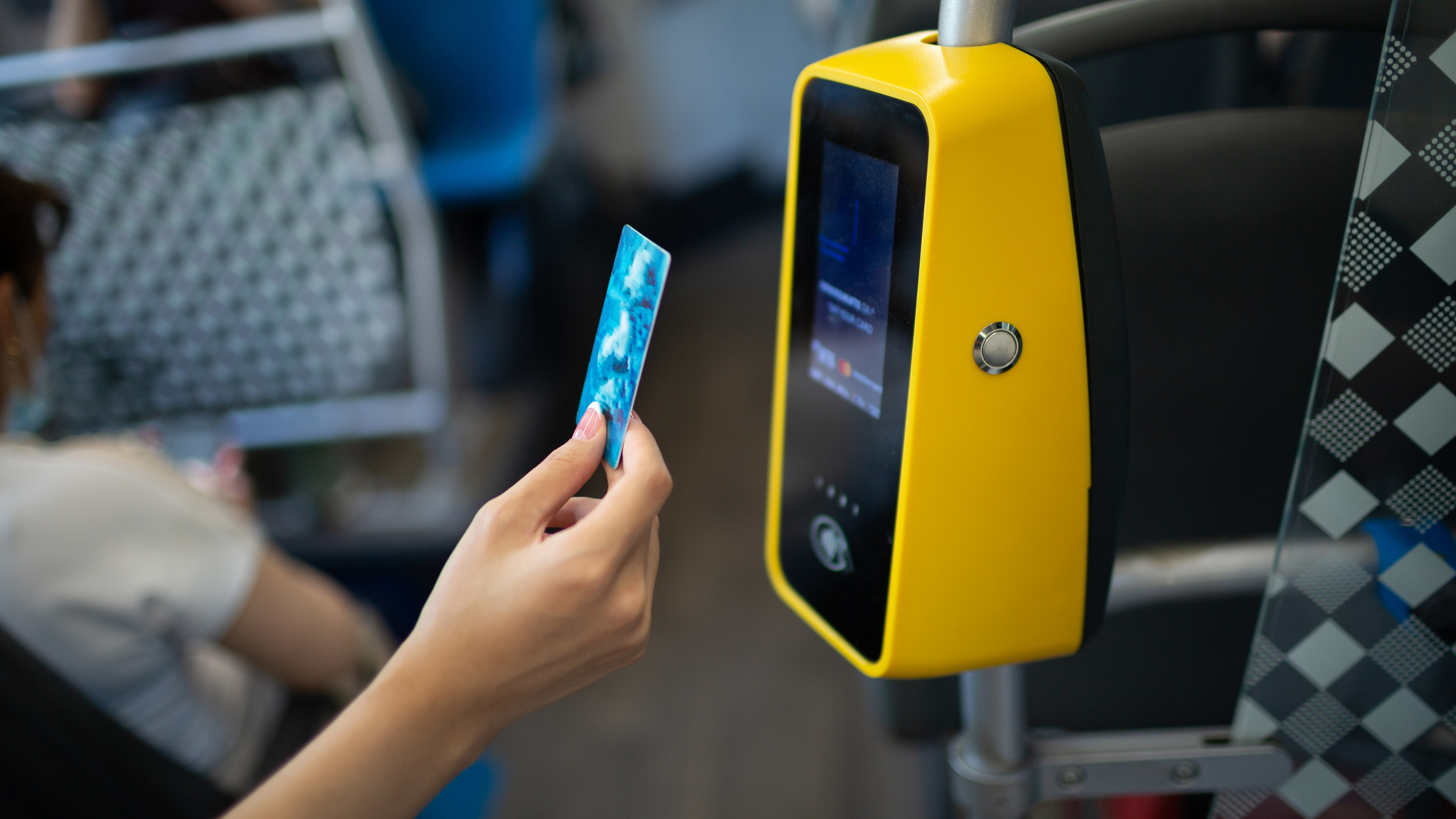Increasing ridership across the US: Top challenges for public transit agencies and operators
by Kalin Hitrov

America’s public transportation systems face existential challenges. Ridership hasn’t yet returned to pre-pandemic levels, leaving many operators facing a difficult choice between reducing services or increasing fares. Below outlines some of these challenges, along with ideas for how to address them.
Post-COVID reality
Coronavirus-driven lockdowns may be a relatively distant memory for many people. But by 2022, rail and bus ridership in the US had only returned to two-thirds of pre-Covid 19 levels. This sort of trend is unlike previous pandemics and epidemics, where ‘ridership usually recovered quickly once the events ended.’
Technology is one factor, with cloud systems and mobile devices allowing staff work from home more often. This hybrid approach means office occupancy reportedly at 50% of pre-pandemic levels, reflecting a similar drop-off in commuting, whether by public transit or car.
Changing behaviors around mobility
When asked to think of a convenient form of transport, many people would say ride-hailing apps. In just a few taps you can order a taxi and be on your way. Yes, there’s the initial setup, with linking to your checking account – but that’s about the most friction you’ll have. This convenience is central to the ride-hailing app experience, and a big reason why there’s been a reported 10% fall in transit ridership.
Affordability and cost of living
Recent years of inflation have outpaced paychecks, causing wages to shrink in real-terms. The result is that ‘US consumers are shouldering a burden unlike anything seen in decades’. This particularly impacts those already on low wages, often from marginalized communities. For some, riding on public transport is a luxury they can’t afford.
Infrastructure and services
The US has an aging transit infrastructure, with a repairs backlog forecast to grow to over $250 billion by 2029 (pdf). Funding constraints are compounding the challenges, with Bloomberg reporting that, ‘As pandemic aid dwindles, the nation’s biggest transit systems face a roughly $6.6 billion shortfall through fiscal year 2026’. What’s more, public transit systems often span multiple jurisdictions with their own closed-loop systems. This separation makes it harder to coordinate upgrades at local and state level, or introduce new technology across different networks.
How decision-makers can tackle stagnant public transit ridership
The economic landscape may have changed, but people are still the same. We all like convenience and getting from A to B as quickly and easily as possible.
The good news is, public transit operators and agencies are looking at where there’s friction, and taking steps to address these.
Convenience and speed
Open loop payment systems have proved to be a win-win for public transit operators. Post-implementation, one-third of surveyed riders increase their usage, according to a major VISA survey. The findings, featuring insights from 75 transit agencies and 3,000 riders worldwide, reveal that 8-in-10 operators saw a rise in ridership. Reasons cited include ‘increasing passenger speed through gates’, and the convenience for people who have ‘grown more comfortable using debit, credit, and prepaid cards for low-value transactions.’
Open loop payments also offer a valuable source of strategic data, showing where and when people are tapping to ride. Almost 9-in-10 of the surveyed agencies ‘reported that contactless payments allowed them to better respond to customer expectations’. Operators can analyze popular routes, understand behavioral patterns, and adapt their services to match.
The sustainability opportunity
Public transportation reduces CO2 by 45% each year, compared to driving alone. Alongside these headline figures, the impact can be felt at a micro-level, such as improved air quality and the benefits to people with respiratory problems.
Historically, diesel-powered buses have contributed to greenhouse gasses and environmental pollution. These days, electric-powered transit is on the rise. New York aims to turn its 5,800 fleet of buses electric by 2040, with $1 billion of investment allocated.
Community engagement & advocacy
For those without a car, or unable to absorb rising gas prices, public transit is already a lifeline. The challenge is how to make regular drivers see public transit as a viable travel option, rather than just a fallback.
One way is by engaging with local neighborhoods, to better understand people’s public transit preferences. It also means experimenting with pilots, such as when the Metropolitan Transportation Planning organization funded a year of fare-free rides on city buses.
How meeting the challenges can pay off
When ridership increases, so does revenue. Amtrak experienced a 20% year-on-year rise in revenue in 2023, as journeys rose by almost a quarter. The budget of Washington Metropolitan Area Transit Authority refers to ‘revenue growth of $28.5 million, including $11.4 million of fare revenue from improving ridership’.
For public transit operators to reap the financial rewards, open loop contactless systems are proving to be the perfect launchpad. Successful initiatives in California and San Francisco are just two examples that show how. For more about these, plus analysis of open-loop’s social and economic impact, take a trip over to the blog on how to increase ridership with contactless payments.
Trending Topics

How Micro Mobility Is Transforming Transit Agencies

Project Highlights: Washington DC’s record breaking upgrade to accept open loop payments

 Insight
Insight
 Knowledge
Knowledge
 News
News



